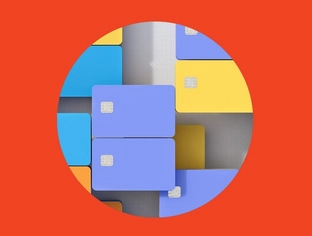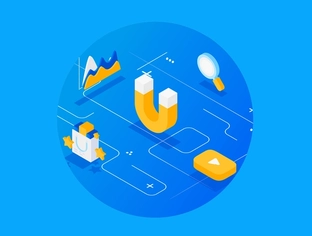Loyalty programs have long been built on the promise of big redemptions — a free flight, a luxury stay, or a major discount after months or even years of spending. But for many customers, that threshold feels too far away. Points expire, balances languish, and engagement drops off.
The loyalty landscape is evolving. Travel & hospitality, retail, and marketplace brands are increasingly turning to incremental rewards: smaller, more immediate redemption options that keep customers active, engaged, and coming back.
The limits of traditional loyalty models
The old redemption models still have appeal, but largely to those customers who are already deeply invested in the brand. Loyalists abound in travel and hospitality, where earning miles or points drives selection decisions. But there are fewer of these high earners, with an estimated 10 percent of passengers contributing up to 50 percent of airline revenue. The concentration risk is high, forcing travel brands to offer rewards programs that cater to less frequent — and less loyal — passengers.
Retail and marketplace loyalty is even less sticky, as consumers price shop and belong to multiple rewards programs. In all cases, programs exhibit high breakage rates, with many customers never redeeming their points, leaving both value and engagement on the table.
Consumers can also feel frustrated with playing the long game, preferring immediate access to delayed gratification. Aspirational rewards can feel out of reach, especially for casual or price-sensitive customers.
This is in direct opposition to the purpose of a loyalty program: to drive customer engagement and repeat purchases. Seeing less benefit in the program, customers disengage and become more likely to switch to competitors.
Incremental rewards as an engagement strategy
Instead of saving for years to redeem miles, today’s customers expect value along the way. Brands are responding with:
- Low-threshold redemption options — small discounts, complimentary add-ons, or partial point payments.
- Micro-perks and experiences — free Wi-Fi, priority boarding, or exclusive digital content after just a few interactions.
- Partner-driven rewards — cross-brand collaborations enabling broader redemption ecosystems.
This shift turns loyalty from a long-haul accumulation strategy into an ongoing engagement cycle.
Why small wins matter
The psychology is clear: smaller, more frequent rewards activate motivation and reinforce positive behavior. Customers are more likely to book the next flight, stay another night, or add another item to their cart when they see real-time progress.
Incremental rewards also create habit loops, encouraging customers to check balances, explore redemption options, and stay engaged. The result? Stronger brand affinity and more consistent revenue.
Business impact across sectors
- Travel & hospitality: Small, immediate perks can help smooth out seasonal dips and encourage off-peak bookings.
- Retail: Low-barrier redemptions drive repeat visits, turning loyalty programs into consistent sales engines—not just marketing tools.
- Marketplaces: Incremental rewards can nudge behavior on both sides—encouraging more frequent purchases or listings from buyers and sellers alike.
From delayed gratification to continuous engagement
The loyalty model is shifting—away from delayed gratification and toward continuous engagement. McKinsey reports that 77 percent of transactional loyalty programs fail within two years, often due to weak differentiation and low member activity. Yet customer relationship remains vital with loyalty members spending more, more frequently.
While aspirational rewards still have their place, brands that embrace incremental rewards build more active, loyal, and profitable customer relationships. For travel, hospitality, retail, and marketplaces, the future of loyalty isn’t just the grand prize — it’s the small wins that keep customers engaged and coming back every day.




